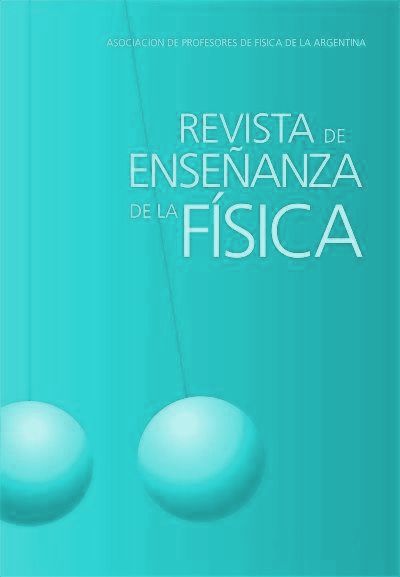Identifying difficulties in graph analysis: a didactic activity using Google Sheets
Keywords:
Google Sheets, Graph interpretation, Double Stimulation Method, Physics teachingAbstract
For this work, a didactic activity was developed using the Google Sheets tool in Physics classes in 10th grade of high school at a private school in São Paulo. During the activity, a pair of students from each class was recorded, so that it was possible to see the webcam, the screen, and hear the audio of the conversations. The main goal of this work is to understand how students organize their reasoning and what mistakes they make in graph interpretation activities in Physics classes using Google Sheets. For this, we used Vygotsky's Double Stimulation Method looking for moments in which students presented difficulties and externalized their reasoning. The analysis of the videos revealed a frequent error that students make when analyzing graphs and allowed the understanding of how the pairs organized their reasoning to solve the problems presented in a sheet given in class.
References
Bowen, G. M., & Roth, W.-M. (2005). Data and graph interpretation practices among preservice science teachers. Journal of Research in Science Teaching, 42(10), 1063–1088. https://doi.org/10.1002/tea.20086
Brisola, A. C., e Romeiro, N. L. (2018). A competência crítica em informação como resistência: Uma análise sobre o uso da informação na atualidade. Revista Brasileira de Biblioteconomia e Documentação, 14(3), Artigo 3.
Curcio, F. R. (1989). Developing Graph Comprehension. Elementary and Middle School Activities. ERIC.
de Souza, R. B. B. e da Rocha Brando, F. (2022). Perspectiva Semiótica dos gráficos como promotores de argumentação no ensino de Ciências. Investigações em Ensino de Ciências, 27(3), Artigo 3. https://doi.org/10.22600/15188795.ienci2022v27n3p01
Leinhardt, G., Zaslavsky, O., & Stein, M. K. (1990). Functions, Graphs, and Graphing: Tasks, Learning, and Teaching. Review of Educational Research, 60(1), 1–64. https://doi.org/10.3102/00346543060001001
McDermott, L. C., Rosenquist, M. L., & Van Zee, E. H. (1987). Student difficulties in connecting graphs and physics: Examples from kinematics. American Journal of Physics, 55(6), 503-513.
Rogers, L. T. (1995). The computer as an aid for exploring graphs. School Science Review, 76, 31–39.
Turner, C. (2017). Fake news is appearing in children’s homework, teachers warn. The Telegraph. https://www.telegraph.co.uk/news/2017/04/12/fake-news-appearing-childrens-homework-teachers-warn1/
Vosoughi, S., Roy, D., & Aral, S. (2018). The spread of true and false news online. Science, 359(6380), Artigo 6380. https://doi.org/10.1126/science.aap9559
Vygotsky, L. S. (2001). A construção do pensamento e da linguagem.
Downloads
Published
How to Cite
Issue
Section
License

This work is licensed under a Creative Commons Attribution-NonCommercial-NoDerivatives 4.0 International License.
Aquellos autores/as que tengan publicaciones con esta revista, aceptan los términos siguientes:Los autores/as conservarán sus derechos de copiar y redistribuir el material, bajo los términos estipulados en la Licencia de reconocimiento, no comercial, sin obras derivadas de Creative Commons que permite a terceros compartir la obra bajo las siguientes condiciones:
- Reconocimiento — Debe reconocer adecuadamente la autoría, proporcionar un enlace a la licencia e indicar si se han realizado cambios. Puede hacerlo de cualquier manera razonable, pero no de una manera que sugiera que tiene el apoyo del licenciador o lo recibe por el uso que hace.
- NoComercial — No puede utilizar el material para una finalidad comercial.
- SinObraDerivada — Si remezcla, transforma o crea a partir del material, no puede difundir el material modificado.
- Los autores/as podrán adoptar otros acuerdos de licencia no exclusiva de distribución de la versión de la obra publicada (p. ej.: depositarla en un archivo telemático institucional o publicarla en un volumen monográfico) siempre que se indique la publicación inicial en esta revista.
- Se permite y recomienda a los autores/as difundir su obra a través de Internet (p. ej.: en archivos telemáticos institucionales o en su página web) antes y durante el proceso de envío, lo cual puede producir intercambios interesantes y aumentar las citas de la obra publicada. (Véase El efecto del acceso abierto).














